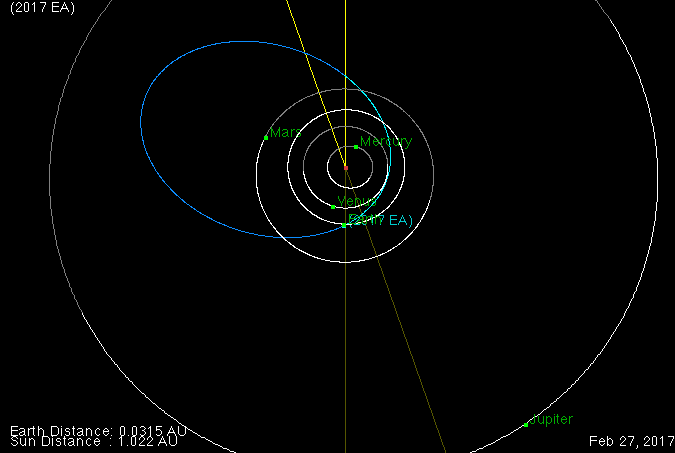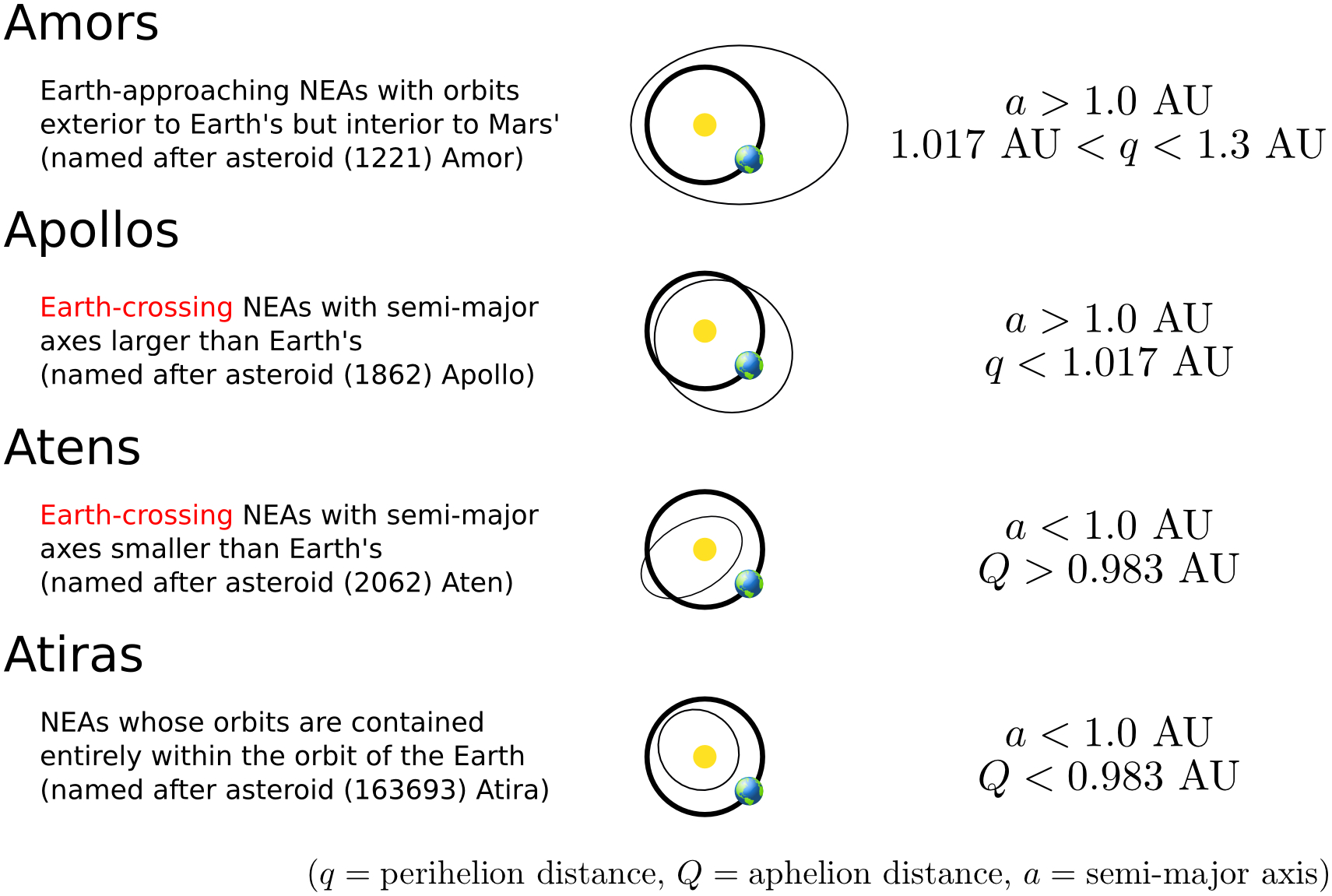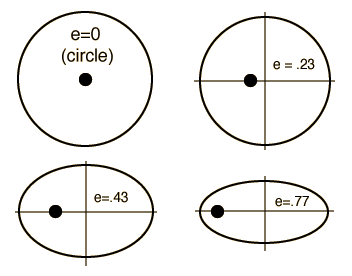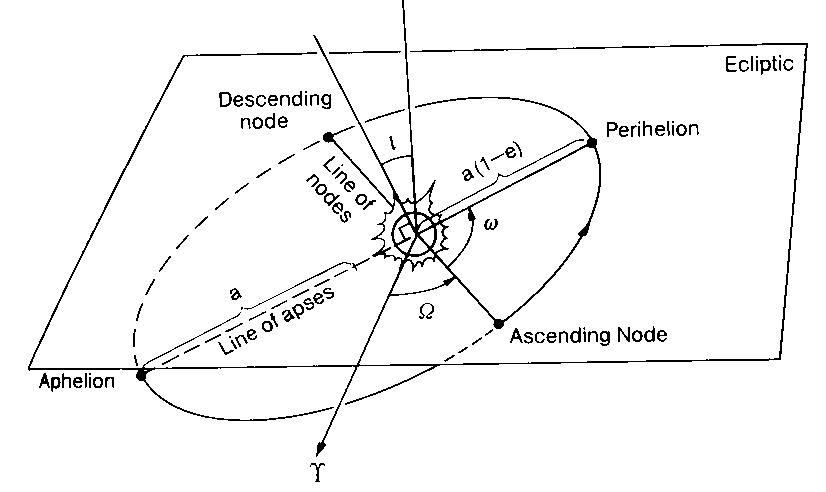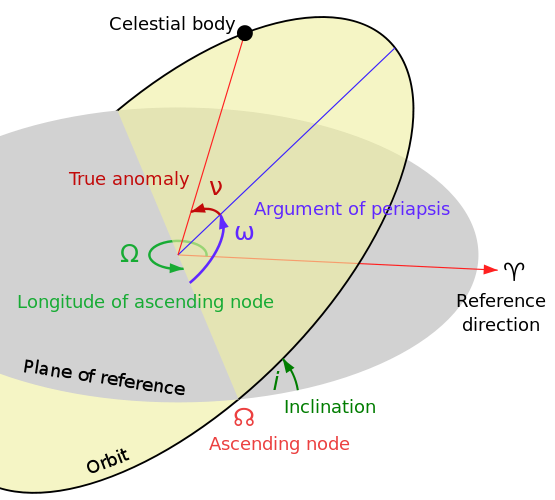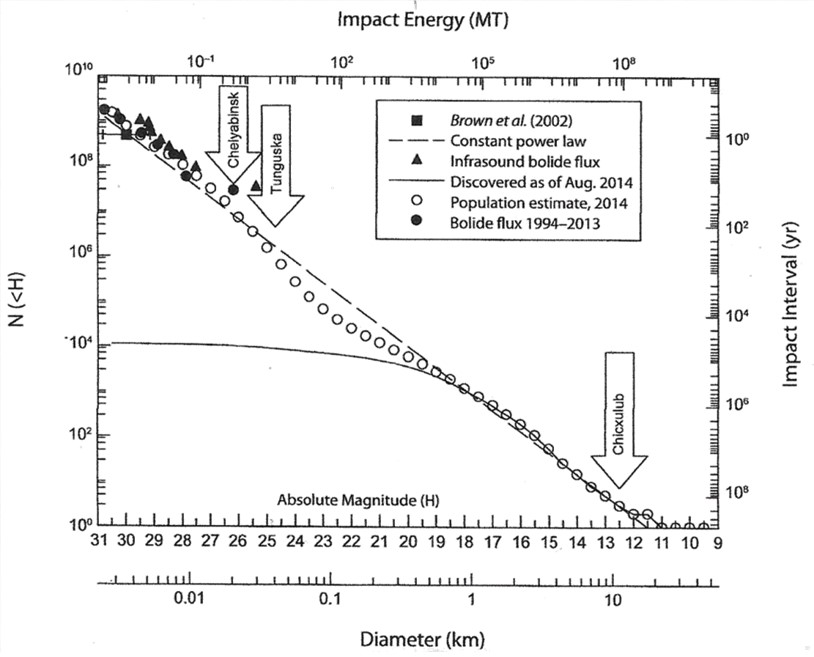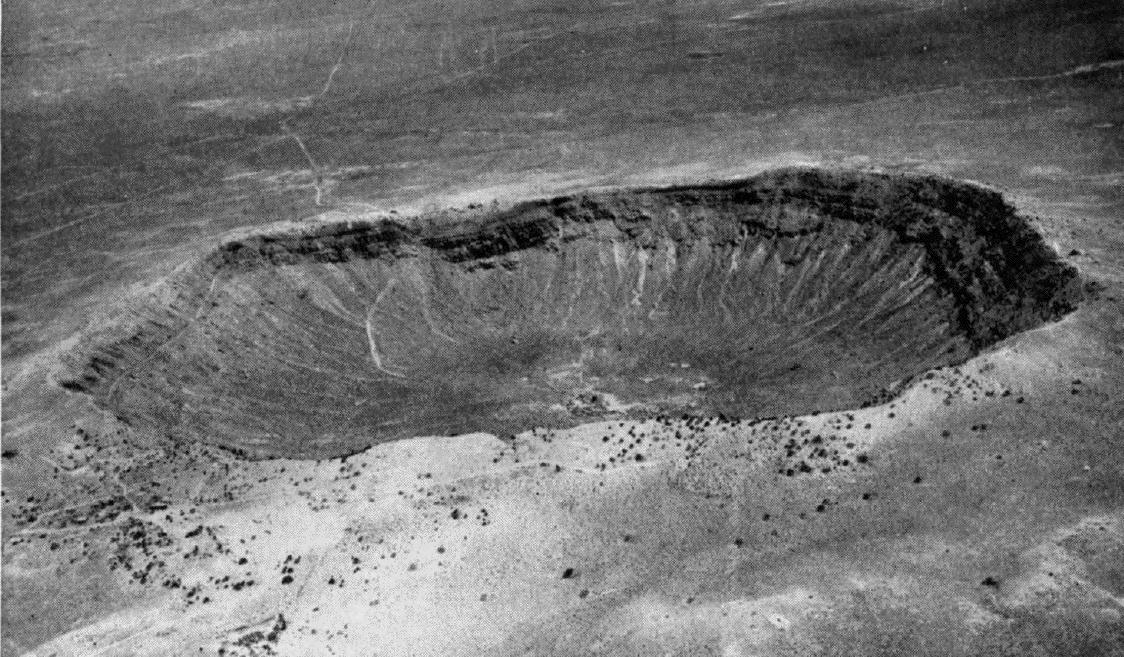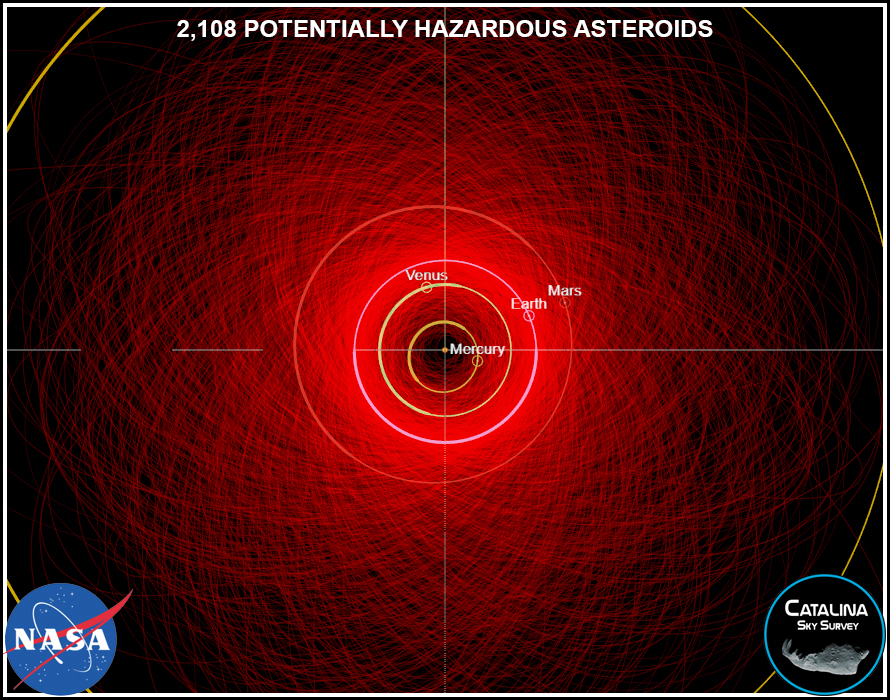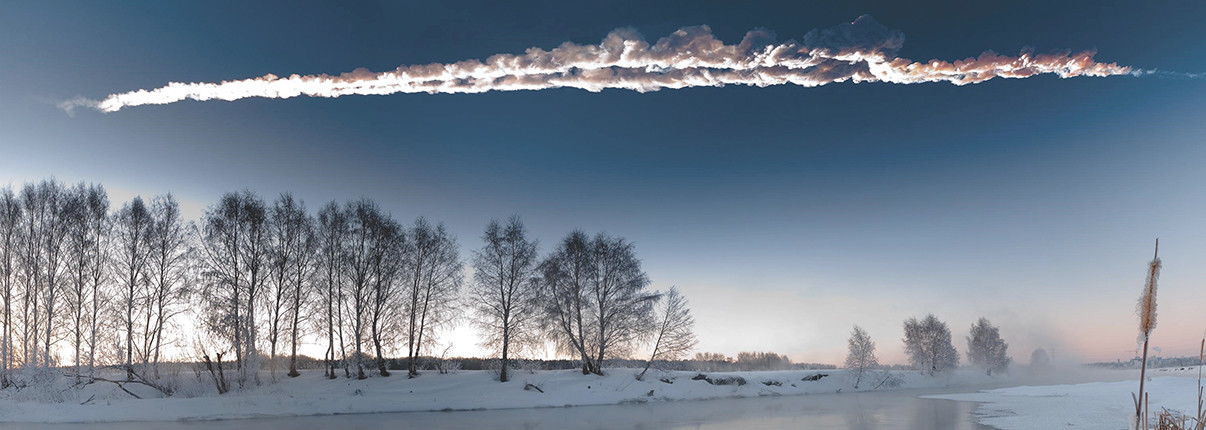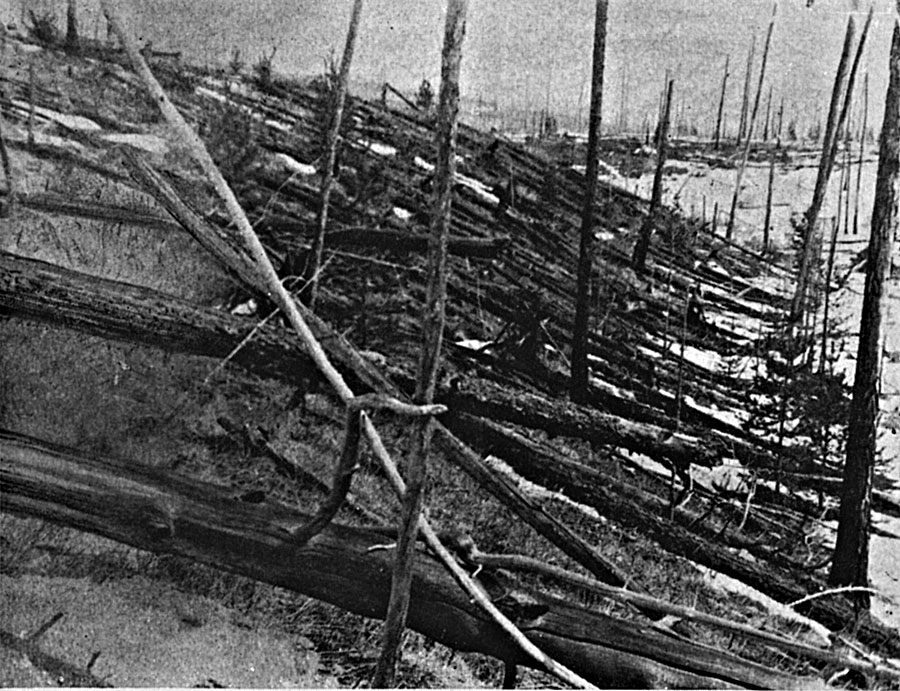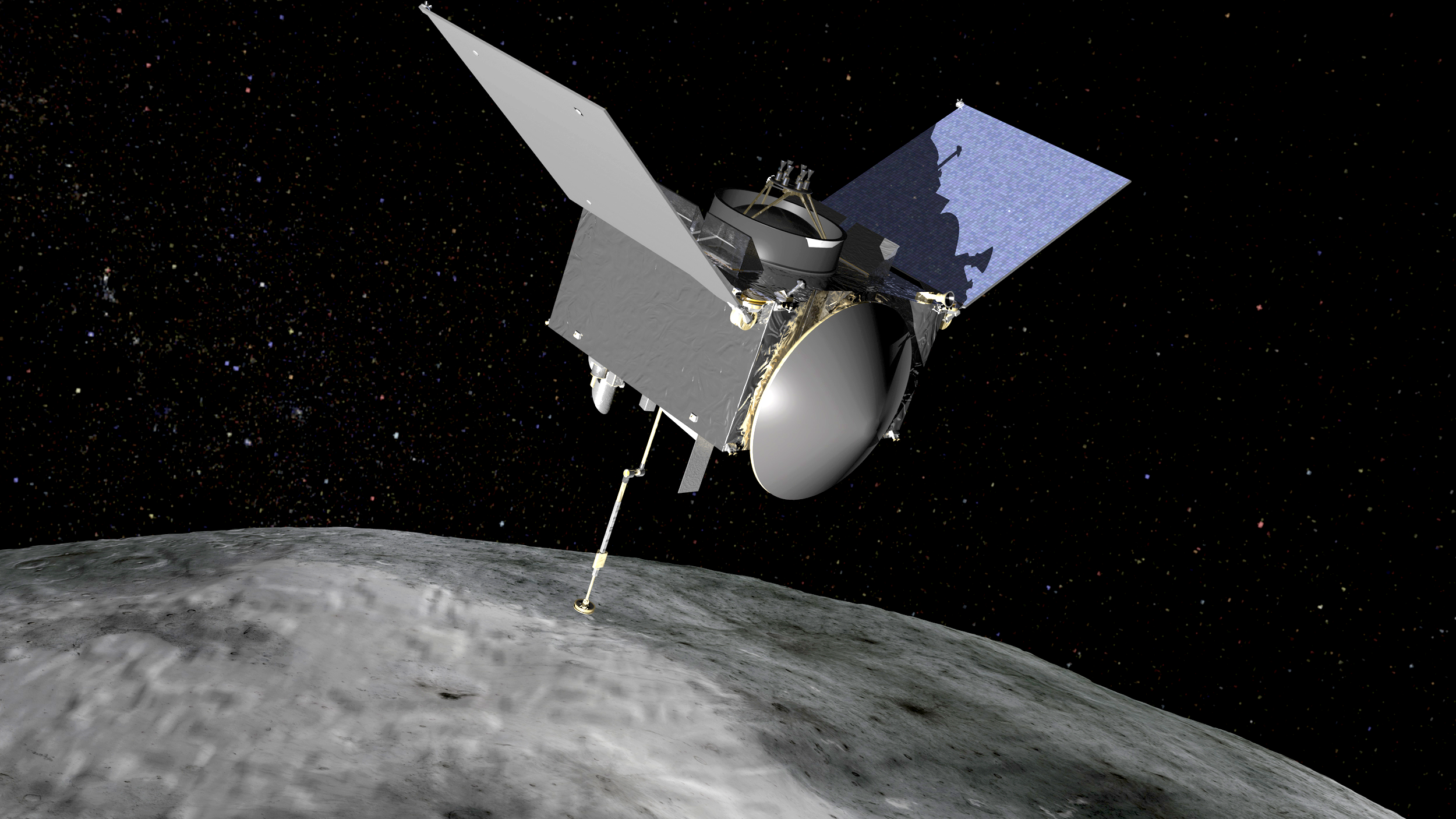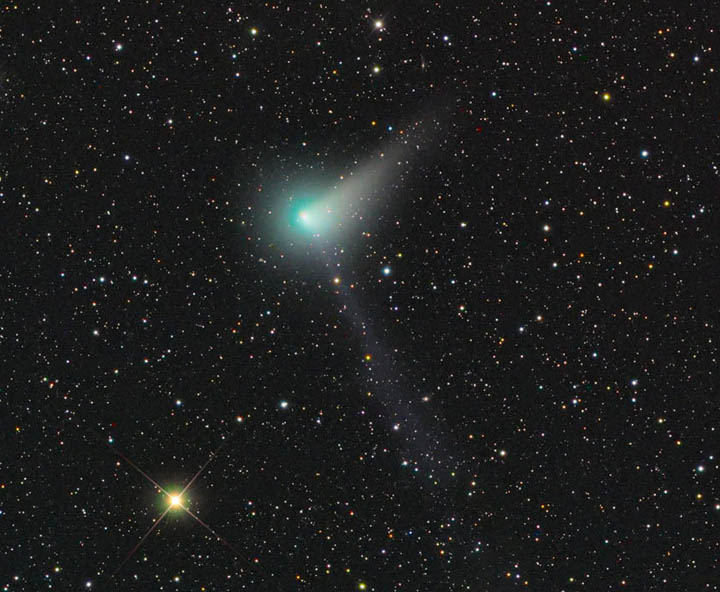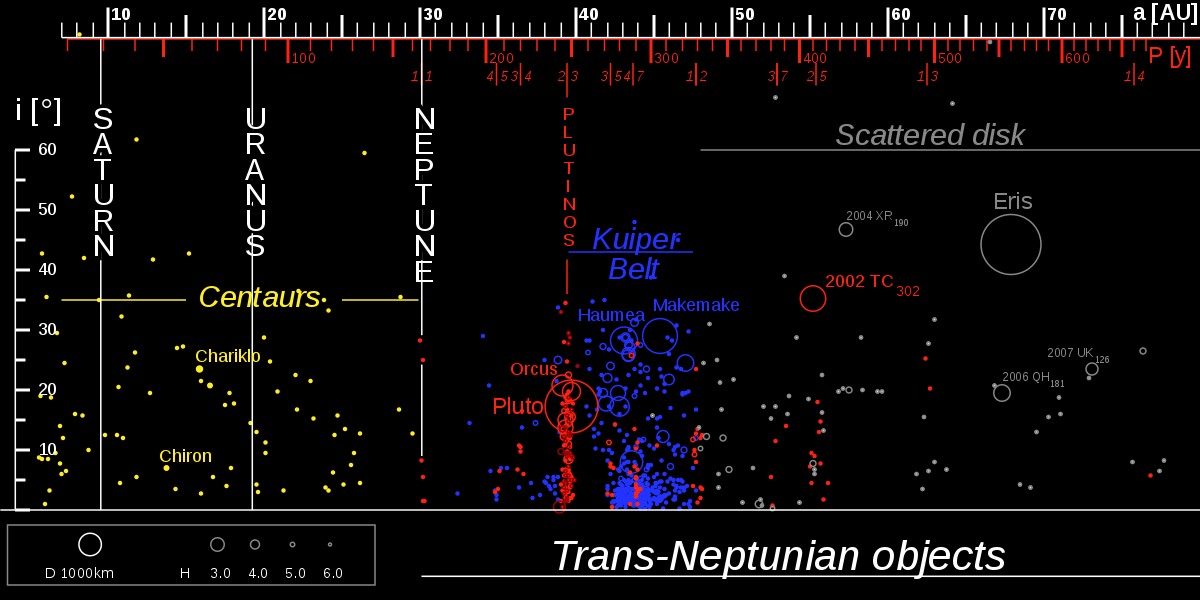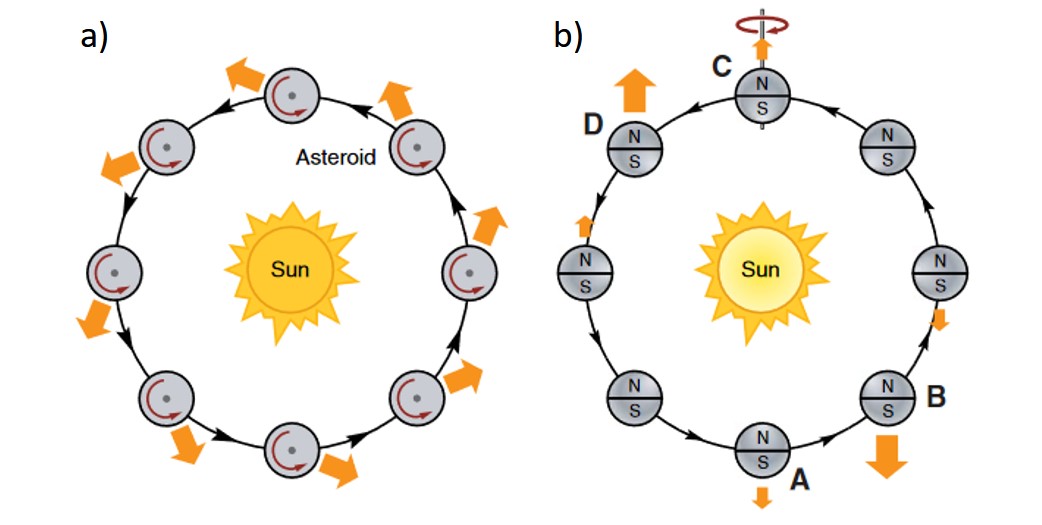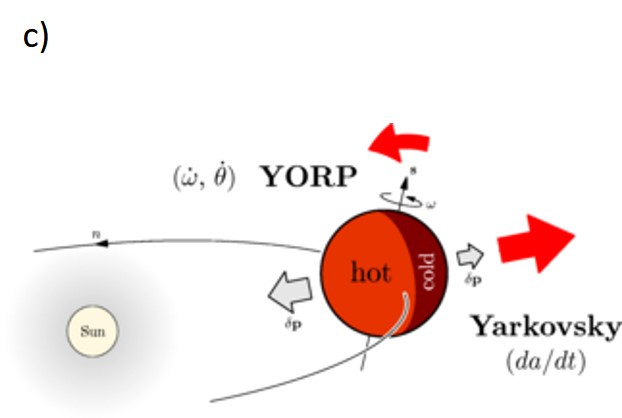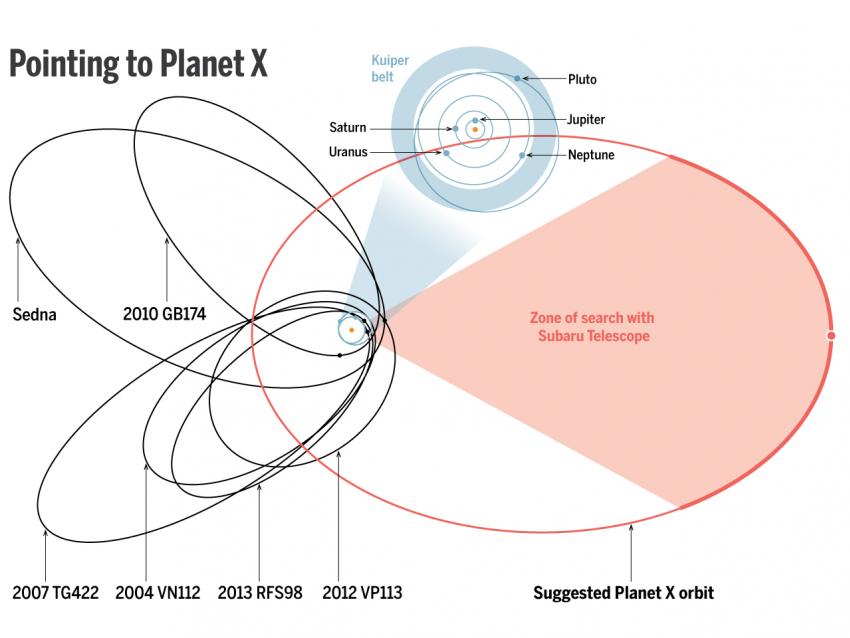Asteroids, also known as minor planets, are the mostly rocky remnants, or planetesimals that formed the terrestrial planets, and perhaps the cores of the giant gas planets. The largest asteroid, Ceres is 945 kilometers (587 miles) in diameter, and the smallest asteroids can be as tiny as 1 meter (~3 feet) across or smaller, although there is no formal size cutoff for what defines an asteroid. In addition to displaying a wide range of sizes, asteroids show incredible variation in composition, shape, density, and orbital families; and collectively these variations carry clues about the structure and formational history of the solar system, including even how life on Earth may have begun. Most asteroids appear to be composed of rocky matter, although a much smaller population of asteroids are primarily metallic bodies, believed to be derived from the inner cores of once larger and differentiated asteroids that were shattered by collisions with other asteroids (or comets). Some asteroids contain ices, including water ice, and also water bound within the crystal latices of hydrated minerals; still other primitive asteroids are known to contain organic molecules, and have a chemical composition believed to represent that of the early solar nebula from which the sun and planets were born. Learn more on NASA Science Asteroids.
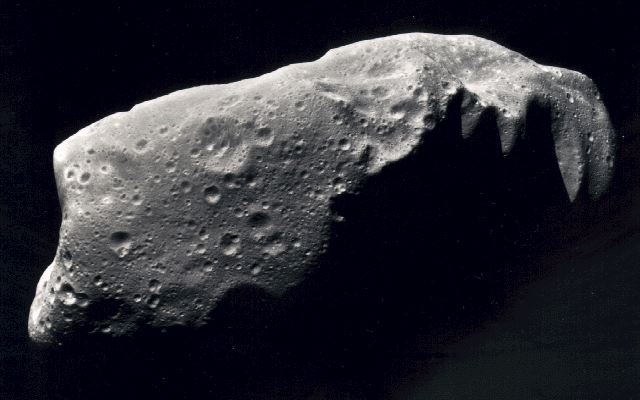
Above: This view of the asteroid 243 Ida is a mosaic of five image frames acquired by the Galileo spacecraft's solid-state imaging system at ranges of 3,057 to 3,821 kilometers (1900 to 2375 miles) on August 28, 1993, about 3.5 minutes before the spacecraft made its closest approach to the asteroid. Galileo flew about 2400 kilometers (1,500 miles) from Ida at a relative velocity of 12.4 kilometers per sec (28,000 miles per hour). Asteroid and spacecraft were 441 million kilometers (274 million miles) from the Sun. Ida is the second asteroid ever encountered by a spacecraft. It appears to be about 52 kilometers (32 miles) in length, more than twice as large as Gaspra, the first asteroid observed by Galileo in October 1991. Courtesy NASA.




